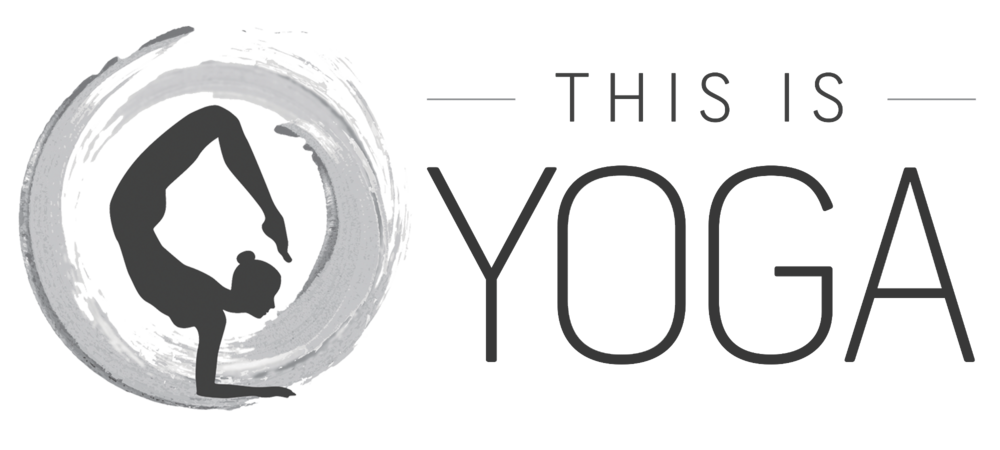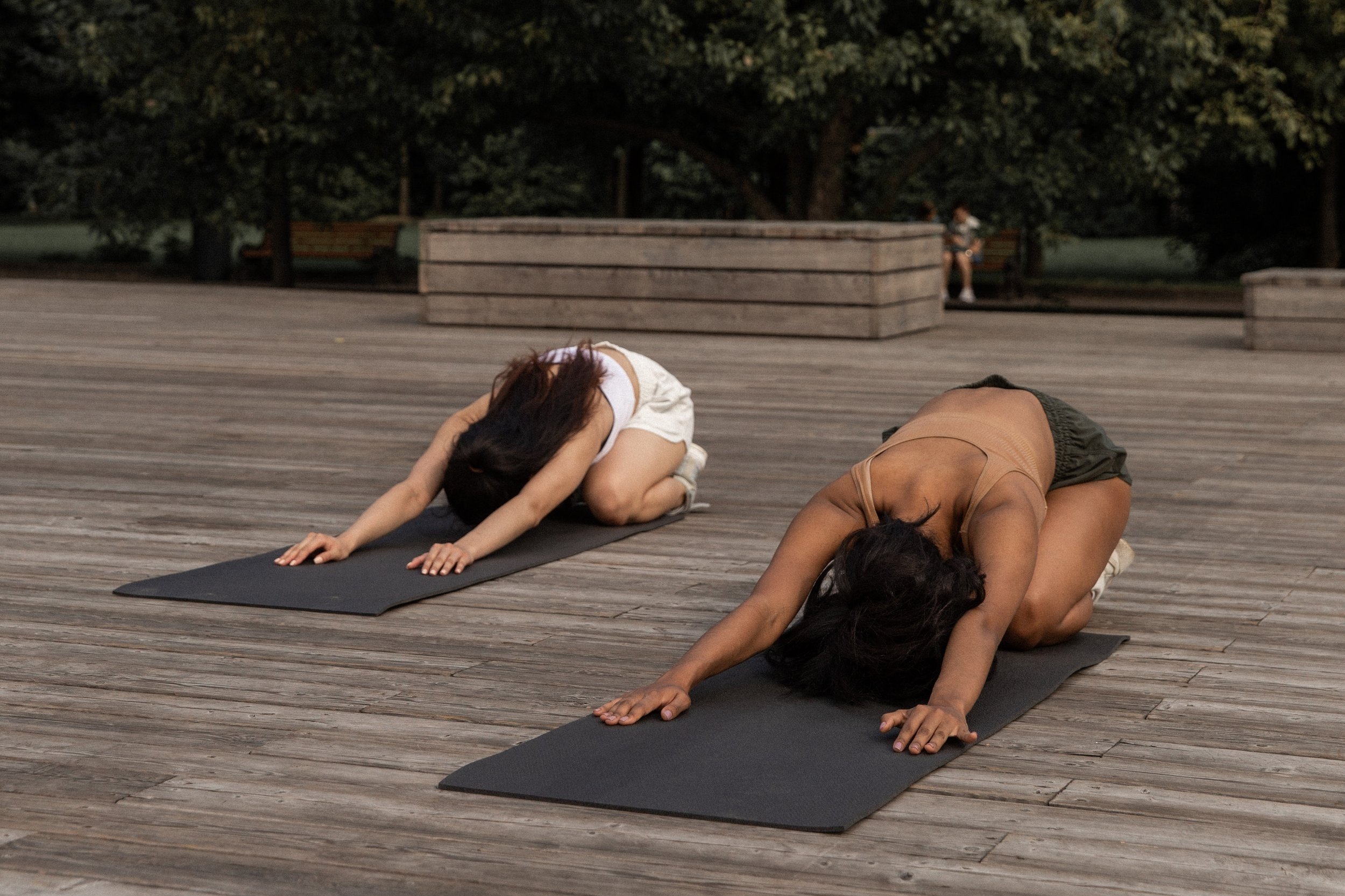Do you struggle with work/life stress? Have you ever found it hard to leave your work stress at work? Does it impact your family, not just you? Lots of people talk about work life balance, but I believe a much better term is work life alignment – when your work and the rest of your life function together, supporting each other.
The American Psychological Association reports that 61% of Americans report feeling stressed about work. This is a huge societal problem. We’ve all been there. Worries from a crap day at work leak into family life. You snap or growl at someone – complete over-reaction. They’re stunned, and hurt. Really – you’re still stuck on what happened – or didn’t happen at work. But now it is impacting your loved ones.
Work life stress vs work life alignment
Work is not optional for most of us. We’ve all gotta make bank. Work can be awesome. I really enjoy what I do, but that doesn’t mean it is perfect. It gives and it takes. I’ve benefited from that in many ways. Often work and the rest of life help each other out. Work kept me going – gave me a distraction when things were tough. They were super supportive and flexible. Now I give back to them too. I am available at odd hours. But they let me look after my family and fulfil my other important roles during classic work hours too. I also remember during the financial crisis when I worked in banking that wasn’t much fun – then my family life helped compensate for the struggles at work.
The classic 9-5 is gone for most of us and the boundaries between work and home have blurred. That’s where work life alignment comes in. It is when you’re comfortable in both environments – when one doesn’t occur at the expense of each other, and when they support each other.
7 Tips for preventing work stress from affecting the rest of life
Be open, honest and authentic – be yourself in both situations. tell people what is going on. Goes both ways. Have a small vent if you need to – then move on
First things first – if you’ve got something big on – focus on it, whether it is work or family – otherwise you’re lying to yourself and others
Finish stuff – don’t let it hang over you all weekend. Finish it on Friday afternoon while you’re all warmed up anyway – you won’t regret it.
Write a start up list for tomorrow – write down the stuff you haven’t finished for tomorrow. Review it in the morning – you may find some of it suddenly isn’t necessary
Separate environment – even if you’re working from home – have a workspace where you don’t spend time otherwise – even if it is just a corner of a room – switch things off
Transition – create space (mentally) so you can leave work behind before you re-enter family life. Use the both to help transition your mind – move, breathe, talk
Gratitude – can’t be stressed and grateful at the same time – be thankful for everything that your work and life enable – even when it’s bad, there’s still good.
If you found this article helpful, give it a like, a comment or share it with a friend! Head over to Craig’s website for more helpful articles.
Article by Craig Hopper, Owner of TIY.






